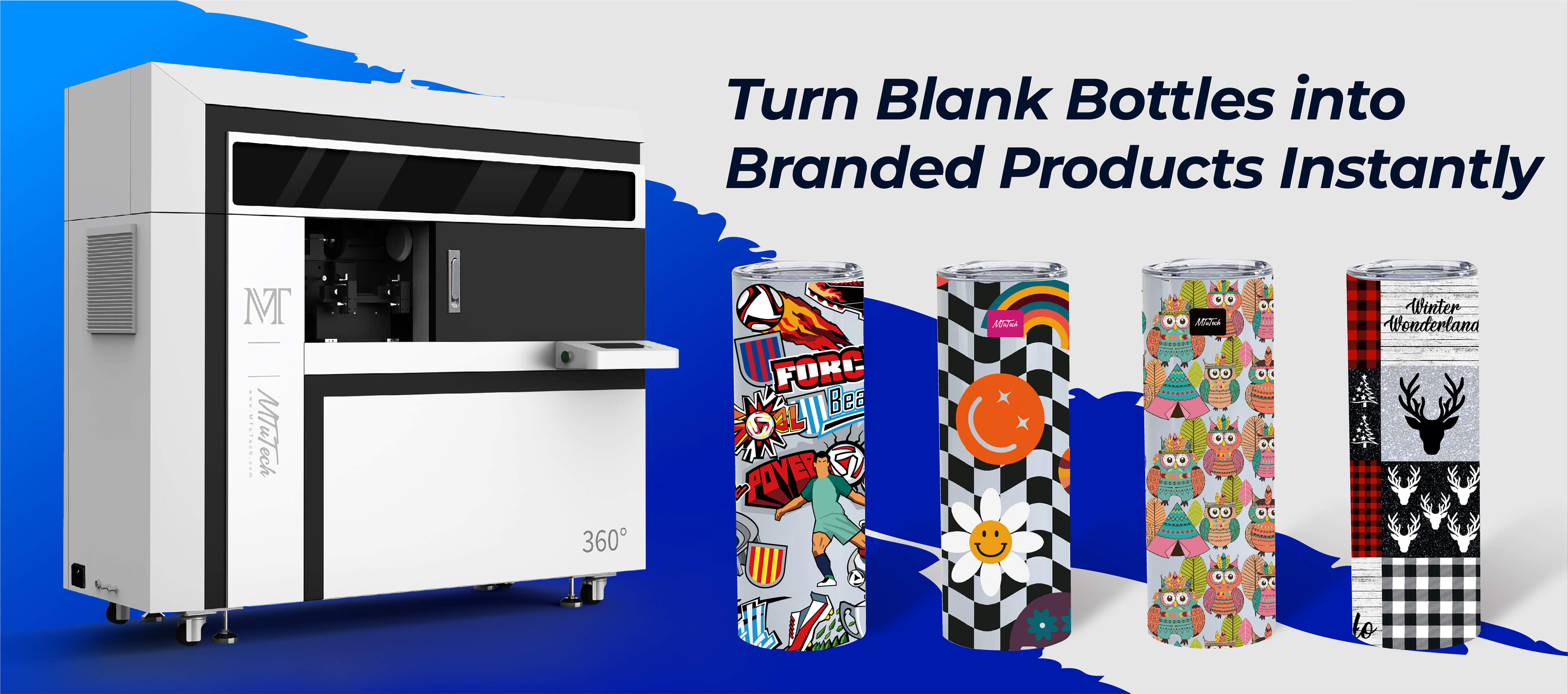The Role of Humidity and Temperature in Cylinder UV Printing
Introduction
Cylinder UV printing is a revolutionary technology that has transformed the way products are printed on cylindrical surfaces. From bottles to cans, this method enables businesses to create stunning graphics with precision and efficiency. However, achieving optimal results in cylinder UV printing isn’t just about the printer or the ink; it also heavily relies on the environmental conditions in which printing takes place. Specifically, humidity and temperature play crucial roles in determining the quality of the print, adhesion, and overall performance of the UV printing process.
Understanding UV Printing
Before delving into the effects of humidity and temperature, it’s important to understand the basics of UV printing. This technology utilizes ultraviolet light to cure or dry the ink as it is printed. The UV light initiates a chemical reaction that quickly hardens the ink, allowing for immediate handling and finishing of printed products. While this technology offers numerous advantages, such as vibrant colors and the ability to print on diverse materials, it is sensitive to environmental conditions.
The Impact of Humidity on Cylinder UV Printing
How Humidity Affects Ink Drying
Humidity levels in the printing environment can significantly influence the drying process of UV inks. Low humidity conditions lead to faster evaporation of solvents but can also hinder the curing process. Conversely, high humidity can slow the drying time, which might result in smudged or uneven prints. Here’s how humidity affects different aspects of the UV printing process:
·
Adhesion: High humidity can lead to poor adhesion of the ink to the substrate, potentially causing chipping or peeling.
·
·
Drying Time: Increased moisture in the air can prolong the drying time of inks, which may affect production schedules.
·
·
Print Quality: Excess humidity can lead to issues like bleeding or spreading of the ink, compromising sharpness and detail.
·
Optimal Humidity Levels
To ensure optimal performance in cylinder UV printing, it’s crucial to maintain humidity levels between 40% and 60%. This range helps to balance the curing process and maintains the quality of the printed material. Implementing dehumidifiers or humidifiers in the printing environment can assist in achieving the desired humidity level.
Temperature’s Influence on Cylinder UV Printing
Temperature and UV Ink Behavior
Just like humidity, temperature plays a vital role in the behavior of UV inks during the printing process. Typically, UV printing environments should be maintained at a stable temperature, generally between 20°C to 25°C (68°F to 77°F). Here are the key ways that temperature impacts cylinder UV printing:
·
Viscosity: High temperatures can reduce ink viscosity, resulting in thinner inks that may not adhere well to certain materials. Cold temperatures, on the other hand, can make the ink too viscous, leading to an uneven application.
·
·
Reaction Speed: The curing speed of UV inks is directly related to temperature. Warmer temperatures can speed up the curing process, while lower temperatures may cause incomplete curing, resulting in a tacky finish.
·
·
Electronic Components: Maintaining an appropriate temperature is crucial not just for the ink but also for the printer’s components. Overheating can damage electrical parts and affect overall performance.
·
Strategies for Temperature Control
To maintain the ideal temperature for cylinder UV printing, consider the following strategies:
·
Install an HVAC system to regulate temperature.
·
·
Use insulating materials in the printing facility to minimize temperature fluctuations.
·
·
Regularly monitor and adjust thermostat settings, particularly during extreme weather conditions.
·
Combining Humidity and Temperature for Optimal Results
Mere control of humidity or temperature isn’t sufficient; both elements must be considered in tandem for optimal cylinder UV printing. Fluctuations in either can lead to subpar results, and finding a balance is essential. Here are some best practices:
·
Conduct regular environmental assessments to measure both humidity and temperature.
·
·
Utilize advanced monitoring systems that provide real-time data and alerts for adjustments.
·
·
Standardize processes based on the environmental conditions to maintain consistent results.
·
Case Studies: Real-world Impacts of Environmental Control
Real-world applications of cylinder UV printing demonstrate how critical environmental control can be. For example, a major beverage manufacturer reported considerable inconsistencies in print quality during humid summer months. After implementing strict control over humidity and temperature, their rejection rates decreased dramatically, leading to increased customer satisfaction and reduced waste.
Conclusion
Humidity and temperature are more than mere environmental factors; they are critical components that directly influence the outcome of cylinder UV printing. By understanding and managing these elements, printing businesses can enhance print quality, improve efficiency, and achieve consistency in their products. Businesses looking to invest in high-quality UV printers would benefit by maintaining an optimal environment for printing. To discover solutions that cater to your unique printing needs, explore our high-quality Cylindrical printers here.
FAQ
What is cylinder UV printing?
Cylinder UV printing is a printing technique that utilizes ultraviolet light to instantly cure ink as it is applied to cylindrical materials. This process allows for vibrant, detailed designs on surfaces such as bottles, cans, and tubes.
Why is humidity important in the UV printing process?
Humidity levels significantly affect ink adhesion, drying time, and overall print quality. Proper humidity management ensures the inks cure effectively and adhere well to the substrate, preventing issues like smudging or peeling.
What temperature is ideal for cylinder UV printing?
The ideal temperature range for cylinder UV printing is between 20°C to 25°C (68°F to 77°F). This range supports optimal ink viscosity and curing times without risking damage to the printer's components.
How can I control humidity and temperature in my printing facility?
Use HVAC systems, dehumidifiers, or humidifiers to control humidity levels, and monitor with thermoregulators to maintain a consistent temperature. Regular assessments and adjustments can also help manage these environmental factors effectively.

